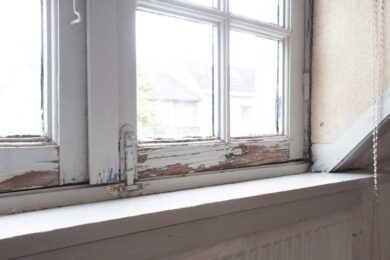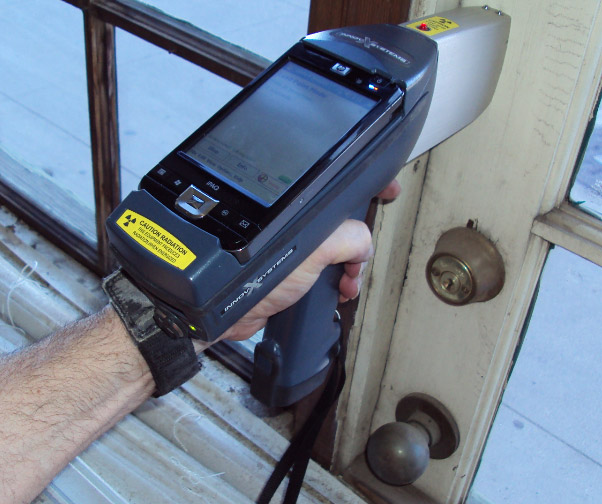Vital Devices and Strategies for Efficient Lead Infraction Cleaning
Resolving lead infractions successfully demands a thorough technique that blends the right tools with calculated techniques. Concurrently, the use of specialized clean-up devices, such as HEPA vacuum cleaners and lead-specific cleansing representatives, is important for thorough pollutant removal. Efficient containment methods, including plastic sheet and unfavorable air stress systems, are crucial to prevent the spread of unsafe products.
Personal Safety Tools
Personal safety devices (PPE) is an important part in the effective management of lead contamination cleaning. The essential PPE for lead clean-up includes respirators, safety clothes, handwear covers, and eye defense.
Respirators, specifically those furnished with HEPA filters, are essential for filtering system airborne lead bits, avoiding breathing. Proper fit and seal checks are crucial to ensure their efficiency. Protective clothing, consisting of coveralls and non reusable matches, avoids lead dust from adhering to workers' garments, decreasing the risk of secondary contamination. Handwear covers, typically constructed from nitrile or latex, protect the skin from direct call with lead, while safety and security goggles or full-face shields secure the eyes from dust and debris.
Furthermore, rigorous training on the correct usage and maintenance of PPE is crucial. Employees must be educated on putting on and doffing procedures to stay clear of contamination. Routine assessments and substitutes of PPE parts are necessary to preserve their protective abilities, making certain a risk-free and compliant cleaning operation.
Specialized Cleaning Tools

Another vital tool is the wet/dry vacuum cleaner, which can efficiently cleanse up both dust and liquid pollutants. These vacuums often come with HEPA filters to offer an added layer of safety. Damp cleans or tack fabrics are additionally essential for surface area cleaning; they are especially created to capture and hold lead particles, reducing the threat of spreading out contamination.
For even more stubborn deposits, specialized lead-removal cleaner are called for. These representatives are formulated to damage down lead fragments, making them simpler to get rid of. Scrub brushes with durable bristles can help in this procedure, particularly on harsh surface areas where lead dust tends to stick extra strongly.
Additionally, encapsulants are utilized to seal lead-contaminated surface areas, protecting against the launch directory of lead dust. These specialized paints and layers are created to abide by numerous substratums, supplying a long-term remedy for lead control.
Reliable Control Methods
Reliable containment approaches are vital in minimizing the spread of lead contamination throughout cleaning tasks. Carrying out durable containment techniques makes certain that lead fragments do not move to unaffected areas, thereby shielding both workers and the setting (DOH & HPD Lead Violation Removal NYC).

To boost control, encapsulants can be put on surfaces that are why not try this out not being removed or disrupted. These specialized finishes bind lead dust, lowering its schedule for resuspension. In addition, all workers should use suitable Individual Protective Devices (PPE), including respirators and non reusable suits, to stop contamination spread.
Safe Disposal Practices
Ensuring secure disposal methods is a vital component in the administration of lead contamination cleanup. Proper disposal alleviates the risk of lead returning to the setting and endangering public wellness (DOH & HPD Lead Violation Removal NYC).
Delivering lead waste requires adherence to strict guidelines. Using certified contaminated materials providers makes sure that the materials are managed properly. Paperwork, including shows up detailing the type and amount of waste, ought to come with deliveries to track the waste from the website of origin to its final disposal destination.
Designated dangerous waste disposal facilities are geared up to manage lead-contaminated products securely. These centers frequently utilize innovative techniques such as stablizing, solidification, or chemical therapy to counteract the lead prior to disposal. Landfilling in specialized, lined areas that prevent leachate from contaminating groundwater is an usual practice anonymous for last disposal.
Regular training for workers associated with lead garbage disposal is vital to keep safety and security requirements and protect against unintended exposure. By adhering to these methods, organizations can significantly reduce the environmental and wellness effects connected with lead contamination.
Regulatory Compliance Tips

Following regulative compliance is vital in the successful execution of lead contamination clean-up. Recognizing and adhering to federal, state, and regional laws ensures not only the safety and security and health of people yet additionally the legal and monetary health of the cleaning company. The Environmental Defense Firm (EPA) establishes rigid requirements, such as the Lead Remodelling, Repair Service, and Paint (RRP) Rule, which mandates appropriate certification and training for professionals handling lead-based activities.
Compliance begins with an extensive evaluation of appropriate regulations and laws. Organizations must stay upgraded on any type of legislative adjustments, which can be promoted through regular training sessions and signing up for industry updates. Documentation is one more crucial conformity element; keeping detailed records of all tasks, consisting of inspection reports, staff member training logs, and disposal shows up, is essential.
Moreover, involving with licensed lead examiners or risk assessors makes sure that lead threats are appropriately identified and reduced. Employers must apply using Individual Protective Equipment (PPE) and make sure that safety methods are strictly followed. Clear interaction with stakeholders, including staff members, clients, and regulatory bodies, will promote a culture of conformity and liability, inevitably adding to a much safer and much more efficient lead clean-up procedure.
Conclusion
Reliable lead offense cleaning requires the assimilation of specialized devices and tactical approaches to ensure safety and security and efficiency. Individual protective devices (PPE) safeguards workers from direct exposure, while safe disposal practices and stringent adherence to regulative conformity are important for sensibly managing unsafe waste.